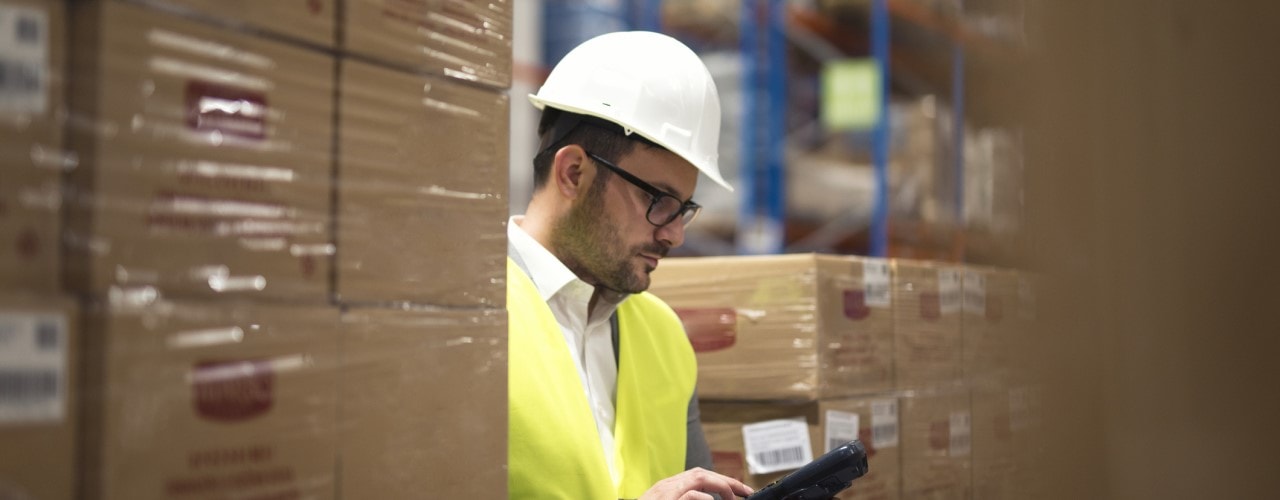What can we expect from supply logistics in 2020 & beyond?
Technology is changing the world of supply logistics and evolution is the name of the game this year. While systems such as transportation management and warehouse management are already fairly well embedded, a range of new, younger supply chain technologies are starting to create considerable traction. Some are unproven but others have a lot of potential when it comes to factors such as ROI and faster time to value. So, what can we expect from supply logistics in 2020 and beyond when it comes to tech development?
The application of machine learning to warehouse management
Machine learning can be applied to warehouse management in a myriad of different ways and be used to create multiple advantages that offer an upgrade on existing infrastructure. For example, it can be used to collect and assess data on processes and systems and find faster and more cost effective ways to handle fluctuations in resource demands or pressure on order processing times. Machine learning in this context could become particularly crucial given the need for warehouses today to be more responsive and dynamic environments.
Automation and robotics
Automated storage and retrieval is already well embedded in the most efficient warehouses where businesses have been keen to optimise operations. In 2020 and beyond we are likely to see the use of robotic systems become more commonplace. For example, robotic shuttle systems combine the concept of a traditional shuttle and free roaming robots. There are many benefits to these systems, including increased productivity and the potential for greater storage density. This type of approach is going to be increasingly in demand as supply logistics looks to respond to new customer expectations, such as same day delivery.
Integrating machine learning into transport management systems
The benefits of machine learning have a lot to add to transport management. It may not only be used to identify where potential obstacles to performance exist - and remove them - but also to help a business to find more balance between competing goals. For example, machine learning may have a key role to play in generating more accurate estimated time of arrival times for deliveries and being able to factor in a range of considerations to key processes like last mile routing – such as traffic and congestion on route.
Supply chain planning and optimisation
Although many businesses don’t yet have access to supply chain planning and optimisation applications that use machine learning – primarily because so few of these have been developed as yet – this could all change in 2020. These tools can take downstream data, for example, and use it to considerably improve forecasting and planning processes.
The use of IoT in transportation
The Internet of Things has an increasingly broad relevance and is likely to be embedded deeply in professional and consumer landscapes in 2020. In the context of supply logistics this could shed more light onto driver behaviour via sensor data and integrate this into performance planning and review, as well as key information, such as ETA.
Supply logistics is going to benefit considerably from advances in technology in 2020 – and beyond -, with machine learning playing a particularly important role.

Leave a comment